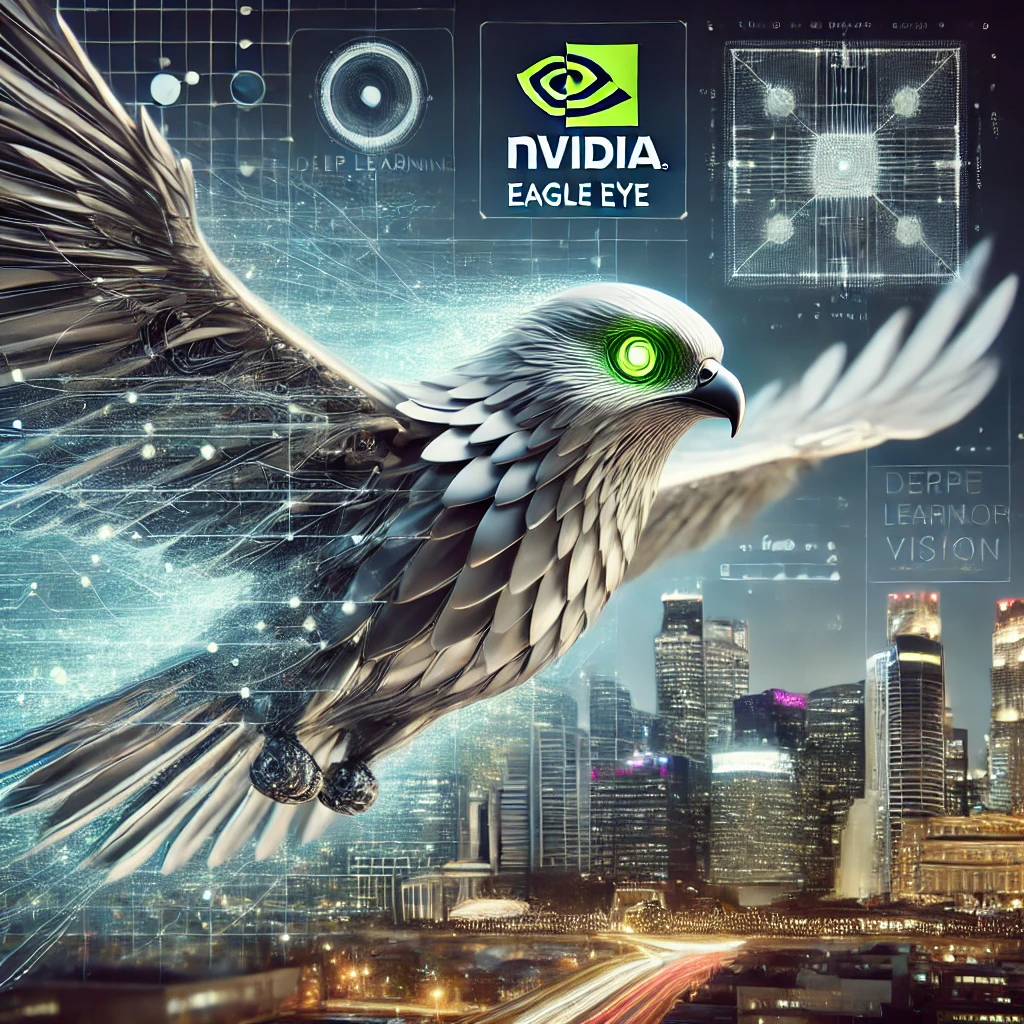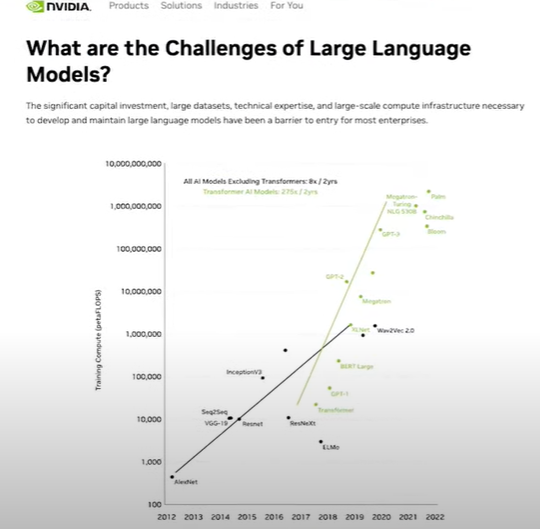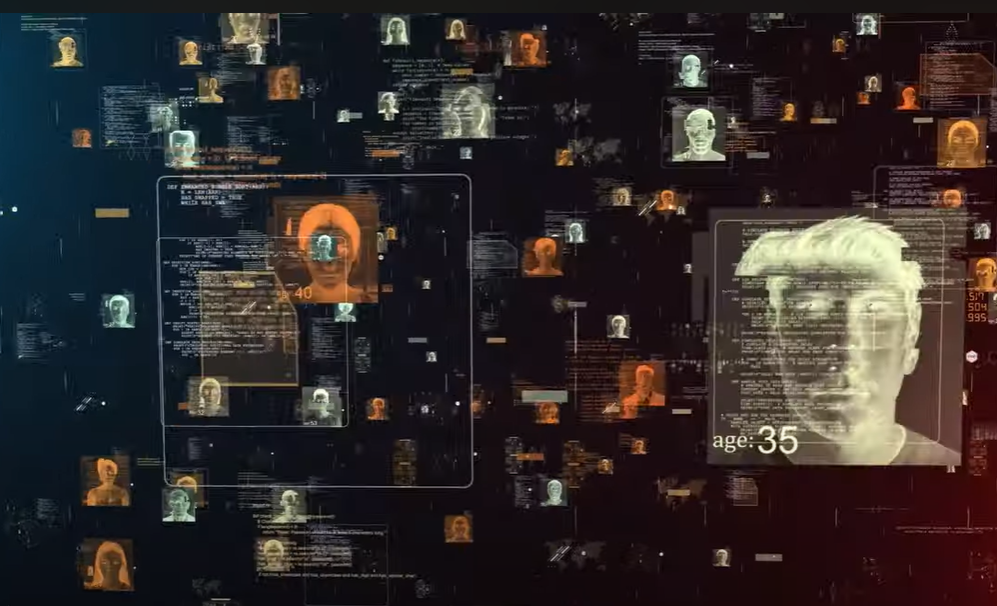NVIDIA's Eagle Eye: A New Era of AI-Powered Visuals
NVIDIA's Eagle Eye is set to redefine how machines perceive and interpret visual information. These groundbreaking AI models, designed to process both text and images simultaneously, offer a level of visual understanding that was previously unattainable.
How Eagle Eye Works?

At the heart of Eagle Eye lies advanced vision encoders capable of deeply analyzing visual data. By breaking down images into their constituent parts, these encoders can extract intricate details and combine them with textual information for a more comprehensive understanding.
Key Features:
- High-Resolution Processing: Eagle Eye can process images at a resolution of 1024x1024 pixels, capturing even the finest details.
- Multimodal Understanding: The ability to process both text and images simultaneously enables Eagle Eye to grasp the context and meaning of visual content.
Advantages of Eagle Eye
- Enhanced Visual Understanding: Eagle Eye's ability to process high-resolution images and combine them with textual data enables it to grasp the meaning and context of visual content with unprecedented accuracy.
- Versatility: Its multimodal capabilities make it applicable across various industries, from e-commerce to healthcare.
- Open Source: By making Eagle Eye open source, NVIDIA fosters collaboration and innovation in the field of AI.
- Ethical Considerations: NVIDIA's commitment to responsible AI usage includes guidelines for avoiding bias and protecting privacy.
Disadvantages of Eagle Eye
- Computational Resources: Training and running Eagle Eye models can be computationally intensive, requiring significant hardware resources.
- Data Quality: The quality of training data is crucial for the performance of any AI model, and Eagle Eye is no exception.
- Model Bias: Like any AI model, Eagle Eye is susceptible to bias if trained on biased data.
Industry Use Cases

- Space Science: Eagle Eye can be used to analyze images from space telescopes and satellites, identifying new celestial objects, studying planetary surfaces, and monitoring astronomical events.
- Criminal Investigation: In law enforcement, Eagle Eye can assist in analyzing crime scene photos, identifying suspects, and matching evidence.
- Healthcare: Eagle Eye can be used to analyze medical images, such as X-rays and MRIs, to aid in diagnosis and treatment planning.
- E-commerce: Eagle Eye can enhance product search and recommendation systems by analyzing product images and matching them with customer preferences.
- Autonomous Vehicles: Eagle Eye can be used to process visual data from cameras and sensors, enabling autonomous vehicles to navigate safely and avoid obstacles.
Benefits of Eagle Eye
- Improved Efficiency: Eagle Eye can automate tasks that were previously time-consuming and error-prone, such as document processing and image analysis.
- Enhanced Accuracy: Its ability to process high-resolution images and combine them with textual data leads to more accurate results.
- Innovation: By making Eagle Eye open source, NVIDIA is fostering innovation and collaboration in the field of AI.
The Potential Applications

The implications of Eagle Eye are vast and span across various industries:
- E-commerce: Enhanced product search and recommendation systems based on detailed visual analysis.
- Legal: Streamlined document digitization and analysis, saving time and improving accuracy.
- Finance: Efficient processing of documents like forms and contracts, reducing errors and improving customer service.
- Healthcare: Improved accuracy in medical record digitization and analysis, ensuring reliable patient information.
Open Source and Ethical Considerations
NVIDIA's commitment to open-source development allows researchers and developers worldwide to access and utilize Eagle Eye for their projects, fostering innovation and collaboration.
To ensure responsible AI usage, NVIDIA has established guidelines for avoiding bias and protecting privacy. These ethical considerations are crucial in harnessing the power of AI while mitigating potential risks.
The Future of Multimodal AI

Eagle Eye represents a significant leap forward in multimodal AI. Its ability to seamlessly integrate visual and textual information opens up new possibilities for AI applications. As AI technology continues to evolve, we can expect even more innovative and powerful models like Eagle Eye to shape our future.
Conclusion
NVIDIA's Eagle Eye is a remarkable achievement in the field of AI. With its potential to revolutionize how machines understand and interact with visual information, Eagle Eye is poised to unlock new possibilities across various industries and drive advancements in artificial intelligence.






